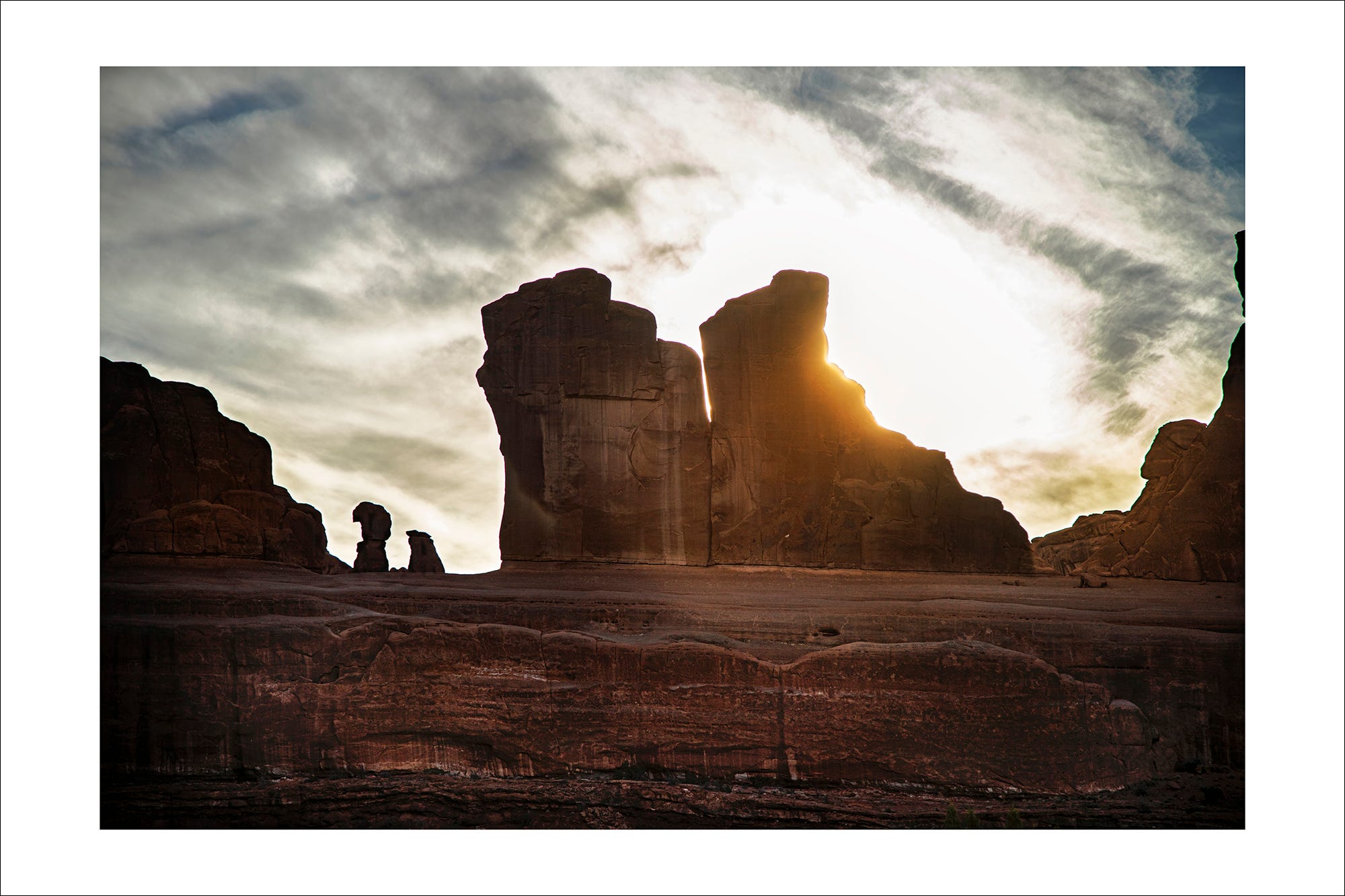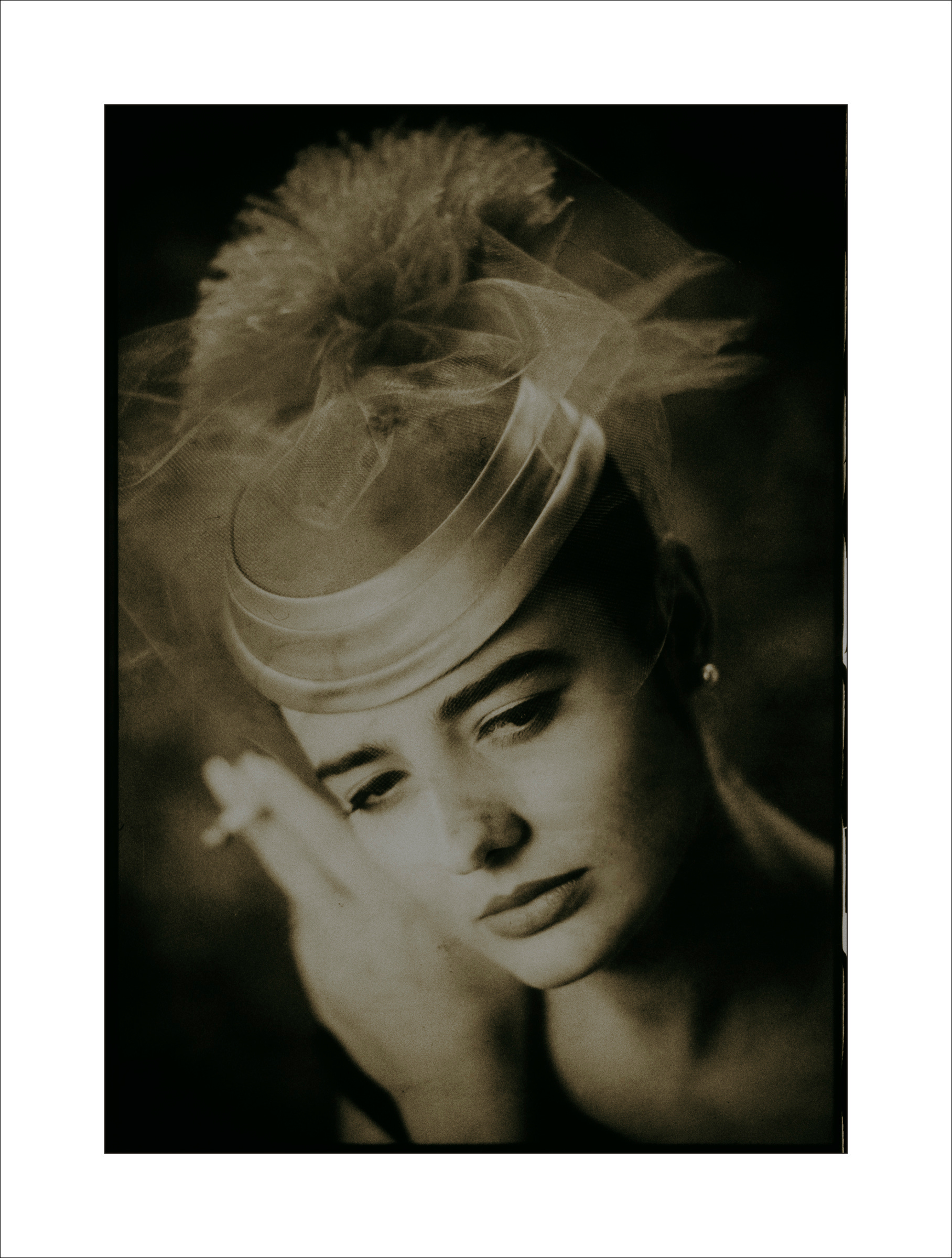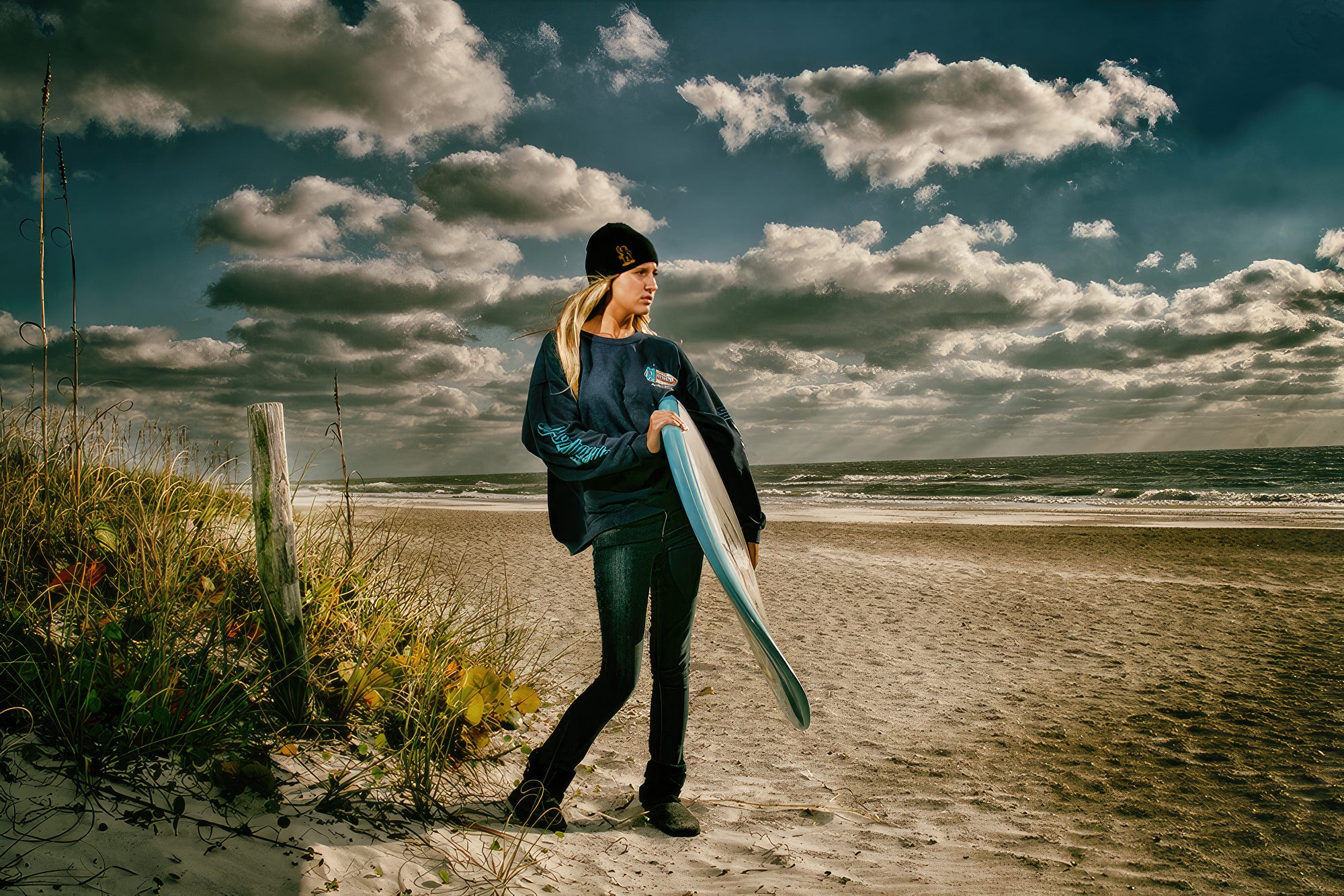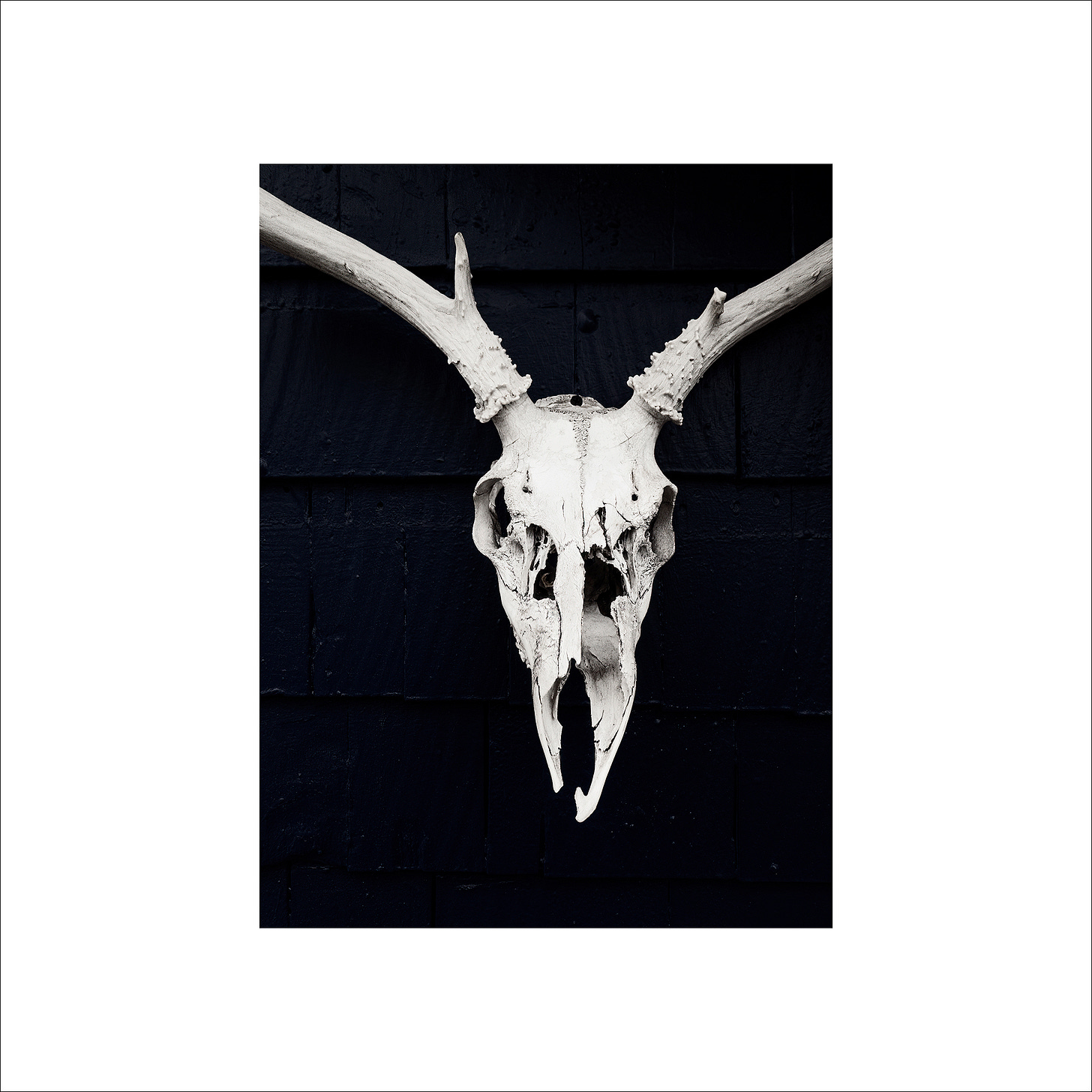Photography Is a Mental Game. Here’s How to Win It.
Spoiler: It’s mostly focused behind the lens... about six inches behind the lens.
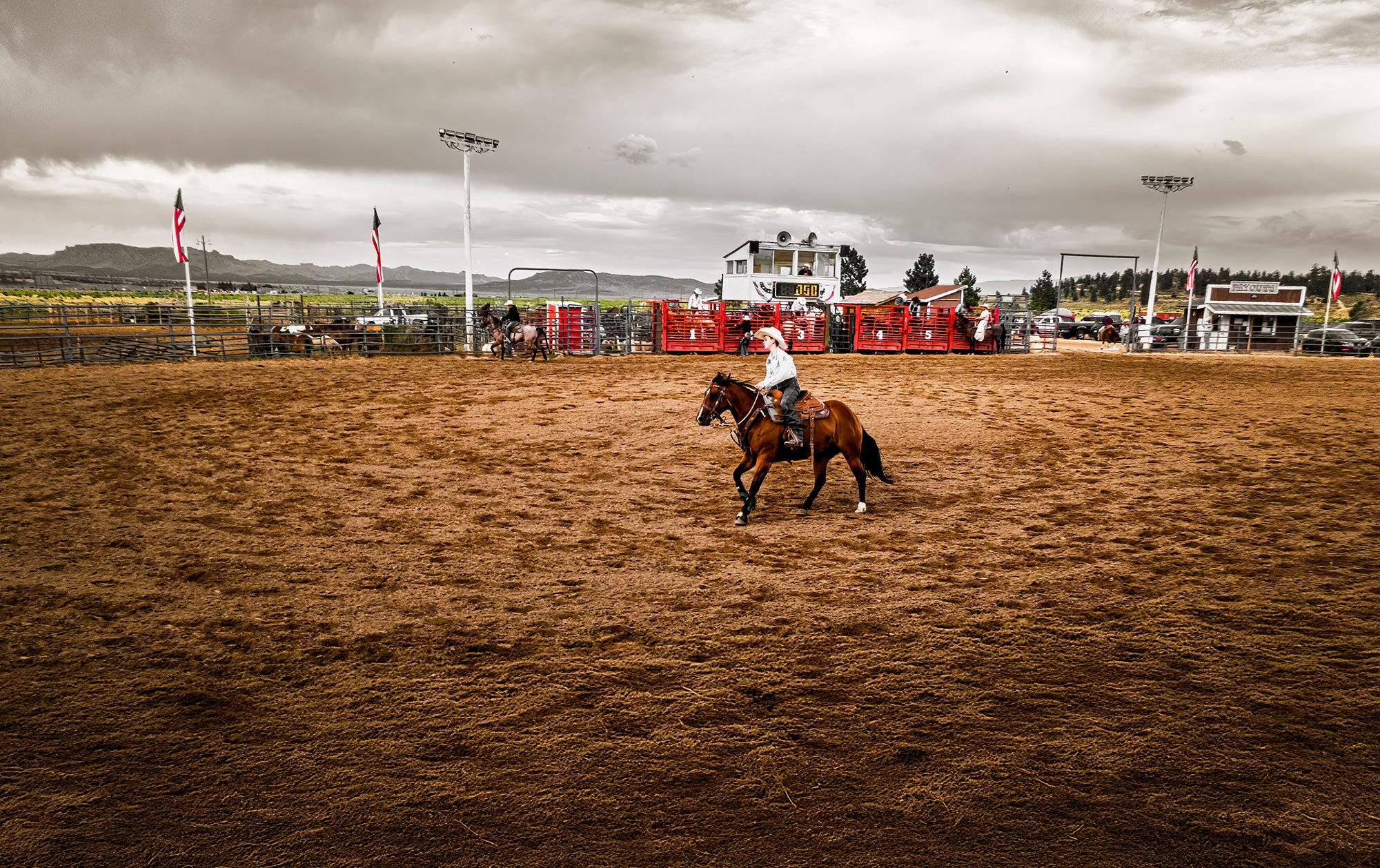
I help photographers and creative entrepreneurs over 40 reclaim their confidence, cut through the noise, and build bold, independent lives through no-BS insight, experience, and action. Welcome to my Substack. I am glad you are here.
I have never thought about photography as being all about cameras, or gear, or even Photoshop. It isn’t about how many pixels we have or how many lenses we have. (OK, we all love lenses, but I’m trying to make a point here, so cut me some slack.)
Making pictures is about seeing - and then choosing - what matters.
What matters to us.
What matters to the frame.
What matters to the viewer.
And what matters is what aligns with our vision and goals.
And that’s the shift too many photographers sadly never make. They learn how to expose a beautiful image and how to compose it. They know a thousand different post-processing tricks, and spent a small fortune on workshops where they learned the stuff they already knew but somehow needed to hear again for $150 an hour.
But they never build the mindset that turns their images into something more than an Instagram post or a clip in a reel. I hate reels.
Talent is overrated. Discipline wins.
Let’s crush a nasty ol’ myth right off the bat: there is no such thing as a “natural” in photography. Or writing or art or digging a sewer line through 40 feet of desert rock on an incline with heat so powerful it can turn a simple car door handle into a lethal weapon. Don’t ask, just venting here.
That idea has done more damage to the creative hopefuls than fanciful Instagram filters, TikTok gurus, and $200 “workflow” courses combined.
If you want to see the world like a photographer, you train for it.
You walk into the world and ask:
Where’s the light coming from?
What’s it doing to the subject?
How can I shape it or work with it?
You see a portrait in every person.
A still life at every restaurant.
Landscapes all around.
Possibilities excite you.
You study how surfaces reflect, how edges define, how soft shadows can shift emotion. You notice depth, negative space, and densely packed compositions that are more “find Waldo” than Rembrandt simplicity. You practice seeing without the camera, imagining that scene with a 35mm, then a 135mm. Because by the time you lift that bad boy to your eye, the decisions should already be made. Or at least very close to being made. All that’s left is the pure romance of the frame.
(Rodeo rider, Bryce Canyon City, Utah.
The image at the top of the article was made at a small, local rodeo in Bryce Canyon. I wanted the rider to seem alone so I chose a wide-angle lens and let the dirt in the foreground bring the attention to him.)
I say romance, because I think the world looks better through a viewfinder. Less distractions, less extraneous BS, and more focus on what matters. My choice of what matters.
Intuition is a habit, not a ‘gift.’
Some people call it instinct.
I call it reps.
I spent years guessing exposures by eye and guessing light ratios. I would write them down and then check them all with a meter.
It wasn’t magic.
It was muscle memory.
I learned by repetition.
Photographers talk about “finding their style” like it’s something they’re waiting to receive from on high. What they really mean is they haven’t shot enough, failed enough, or critically edited enough to realize what they’re doing.
Yet.
Style isn’t a color grade or preset.
It’s how you see the world.
And how you translate that view to an image, consistently.
Discipline beats hustle, but together they are unstoppable.
Everyone’s trying to move way too fast.
Post more, pitch more, shoot more, scroll more.
Hustle porn, grind culture.
I’m no longer impressed.
Discipline is what creates art.
Not momentum.
Not hype.
Can you show up every day?
Can you do the boring stuff—marketing, editing, filing—without whining?
Can you spend hours lighting something until it feels right, even if nobody ever sees the shot?
This isn’t hustle-porn; this is disciplined practice with a goal. It looks like hustle because you are committed, passionate, and driven.
Without a goal, hustle fades.
Discipline scales.
(The Altar, Arches, National Park.
I call it the altar, I don’t remember what it was called. The sun was directly behind it and flaring like hell in the lens. I knew that flare would be interesting and let it rip. This image took some serious post processing to bring forth that feeling of spirituality I sought.)
Failure is not the enemy.
Let me say it again, you will suck at this. We all suck at this at some point.
But with practice, goals, and discipline, you’ll get better.
And then you’ll suck less. Woohoo!
And eventually, you’ll start seeing glimpses of what you’re capable of.
(“The Cigarette”
I loved this woman’s classic look. I borrowed a few retro hats, set up a movie light with a Fresnel lens, and shot the image with grainy Polaroid instant slide film. I wanted the viewer to feel the ‘age’ of cigarettes and smoky jazz lounges.)
This isn’t just for pros.
And if you’re thinking, “Well, I’m not a professional, so this doesn’t apply to me…”, well, you’re wrong.
This mindset isn’t exclusive to pros.
It’s for anyone who wants their work to mean something. It’s for everyone who wants photography to be more than a hobby with expensive toys.
Whether you're shooting for a client, a contest, or just your love of the craft, you’re still solving a visual problem every time you press the shutter.
If you’re not, if you're just pointing, clicking, and hoping, then be honest…
Are you making something important, or are you just collecting pixels?
Amateur doesn’t mean aimless.
(Surfer Girl, Anna Marie Island, FL
It was bitter cold, and the wind was whipping off the gulf. I wanted the feeling of longing to take one last ride on the board. I gelled a few speedlights and we shot as the sun was fading. A bit of color grading helps carry the mood.)
Be the calm in the chaos.
When things fall apart on set or the client’s late, or your gear’s acting up, and the sun is going down faster than usual, you don’t want to be standing there in a pool of sweat wondering what is going on.
A deliberate, practiced photographer takes a breath, assesses the options, and makes a decision.
A decision about what matters.
Mindset is what lets you walk through the valley of chaos and deliver anyway.
Look, your work either hits or it doesn’t.
It either lands with a client or engages a viewer, tells a story, and moves the audience…. or it doesn’t.
It’s not technical, dudes, it’s emotional.
It’s good old basic communication.
(Skull Shed, Williams, AZ
This cow skull was hanging in an alley on an old shed that smelled of gasoline and rotting tires. I took the contrast to a very dark place so the skull would stand out starkly against the nearly non-existent background. Emphasizing the starkness of the wind and sun-ravaged bones makes it seem more stark, and melancholy.)
MEDIUM POSTS:
Photographers: Tired of the Struggle? Maybe Your Horse Is Dead.
What got you here won’t get you there. Especially if it’s sorta dead.
If you have identified one of your dead horses, comment and let’s see if I can help you bury it.
Seven Doors: Beauty, Decay, and the Art of Paying Attention
Because sometimes the most interesting stories are sealed shut.
Adobe changes the game of smartphone photography.
Project Indigo, which is available right now on the Apple App Store, offers full manual controls, a more natural “SLR-like” look to photos, and the best image quality that current computational photography technology can deliver, including in JPEG and RAW photo formats. Levoy and Kainz add that their new app also introduces “some new photographic experiences not available in other camera apps.” — Petapixel
I have it, and it is interesting, but not yet the game changer it claims to be. For some reason, the files are half the size of the iPhone camera’s capability. The files are not sharp, but… Topaz brings it right back. In addition, the Indigo profile matches the new Lightroom Adaptive color profile.
I recently did an interview with the crew at Photo Whoa, and we got into the real stuff—what it actually takes to go pro in photography today. Not just the gear, not just the gigs, but the mindset, the marketing, and the guts to build something real.
We talked about:
Why "your work should speak for itself" is a myth that’s keeping you broke
How to attract clients who actually want to pay you
The power of building a system instead of chasing likes
And the one thing most aspiring photographers get completely backwards
It’s not sugar-coated.
It’s not theoretical.
It’s how I’ve done it, how I teach it, and how you can do it too.
If you're in the early stages of going pro—or stuck in that weird middle ground—this one's for you.
Read the full interview here.
And if anything in the words hit home, let’s talk.
If you’re over 40 and still hungry to make, build, and create, stick around. This space is for people who aren’t done yet (and never will be). I’ve got five decades of wins, failures, comebacks, and creative battles under my belt, and I’m sharing everything that still works—and burning the rest.
No fluff.
No hustle porn.
Just real tools for building a creative life on your own damn terms.
My Personal Website
My Photography Website.
Me on Medium.
Train Your Eye: 5 Simple Daily Habits for Seeing Like a Photographer
These exercises don’t involve gear. They’re about rewiring how you see.
Try one per day for a week, or make them part of your creative warm-up.
You’ll start noticing light, texture, and relationships before you ever touch the camera.
Keep reading with a 7-day free trial
Subscribe to In The Frame to keep reading this post and get 7 days of free access to the full post archives.




